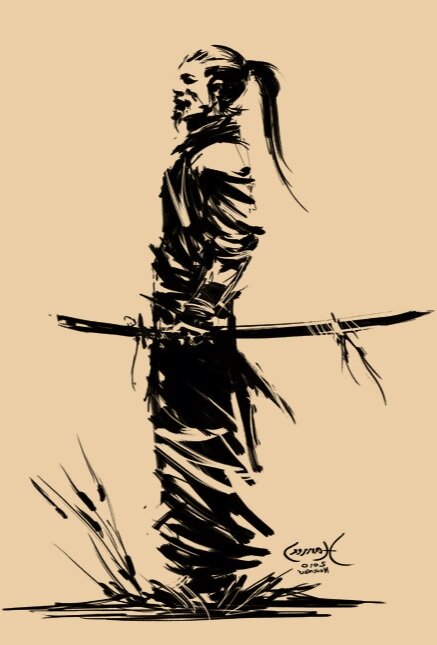Writers, artists, inventors, or anyone who has undertaken a creative enterprise describe a seemingly otherworldly experience. A dimension of consciousness where they seem to transcend time and space and access to something greater than themselves.
This phenomenon was coined flow state in 1975 by Mihály Csíkszentmihályi. This state has existed since time immemorial and has many names. In sports, it's referred to as the Zone, in martial arts as Budo, even runners describe a euphoric state at some point during a run.
Any creative professional strives to create the environment and the discipline that enables them to enter a Flow state.
Do a group of people who seek to create a product need to enter Flow State, or is the other Flow they need to think about?
Lean Flow
The concept of flow also exists in manufacturing.
“Flow is how work progresses through a system.”
In this case, it refers to the flow of value to the customer. The goal of Lean is to maximize value to the customer in the shortest amount of time.
Lean calls anything that obstructs the flow of value to the customers as waste. Much work has been done on waste. The 7 lean wastes are well documented. Tools and techniques such as Gemba walk, Value Stream Mapping, and 5s have been created to identify waste.
“All we are doing is looking at the timeline from the moment a customer gives us an order to the point when we collect the cash. And we are reducing that timeline by removing the non-value-added wastes.” Taiichi Ohno
Querying theory and Theory of constraints also have lots to say on the subject by addressing bottlenecks in the process.
Flow in product development
Many of the ideas from manufacturing have been adopted to the world of product development, specifically software product development. May and Tom Poppendeck have created the 7 wastes in product development, a reinterpretation of the lean wastes applied to software product development
The work of Donald Reinertsen, The Principles of Product development flow provides principles and patterns for increasing flow in product development which draws heavily from queuing theory.
The Agile software community has also adopted many of the techniques from the lean world: value stream mapping, 5-whys, Gemba sprints. These are meant to surface and eliminate unnecessary waste from software product development.
Is product development Creative Flow or Lean Flow?
Is the creation of a product a creative endeavor or a manufacturing problem?
My believe is that it’s both.
The introduction of a new product involves a research and development phase and generally consists of a small group of people working together, lots of uncertainty to solve a difficult problem.
The original Model T and the iPhone were developed by a small group of people with a high degree of unknowns.
These were creative enterprises. Like writing a book or a poem, but made more difficult by virtue of the fact that more than one person is involved. At a certain point, the problem set changes to that of manufacturing.
"We had to figure out how to build iPhones in mass quantity. Anyone can make one hundred of something. Making a million of them is something else altogether”. Bob Borchers, Apple's then head of iPhone product marketing.
Henry Ford’s process for inventing the Model T looks more like Agile development than Scientific Management. He only Turned to Taylor for help when he needed to mass-produce the Model T.
Which Flow is it?
“The ultimate problem is that (in my view) most organisations need both Flows and the art/skill is knowing when and how to enter both.“ Lee Nicholls (CIO Tegra118)
For the introduction of a new product, when the unknowns are highest and uncertainty is the greatest, we should turn to the creative world rather than the manufacturing world. Bringing a new thing into the world is art and the best art is created when the artist is in a Flow state.
According to the Flow Theory, to achieve flow, you need:
intrinsically rewarding.
clears goal and a sense of progress
clear and immediate feedback
match the challenge and skill.
intense focus on the present.
We should be looking at Flow theory and the ideas, principles, and practices adopted by high performing sports teams rather than Lean manufacturing for the introduction of a product.
This begs the question(s):
How do you create an environment where a group of people can enter group flow and how do you protect them from resistance.
Is it possible for a group of creative people to enter into Group Flow?

